At Polka Dot Wedding, we are always inspired by the ways love and culture intertwine to create celebrations that feel both personal and timeless. As part of our Traditions Issue, multicultural expert celebrant and international MC, Jenny Chiu, shares how couples can honour their roots while designing weddings that feel authentic and inclusive. With over twelve years of experience planning and hosting weddings across continents, Jenny offers a wealth of insight into how heritage and individuality can come together in modern love stories. Enjoy Dotties!
Photography: Citrus 7 Photography
Weddings are more than celebrations of love – they are the convergence of heritage, family, and the vision of two individuals coming together to step into their shared future. As a professional cultural wedding specialist who has worked across continents and cultures, I have witnessed how modern couples navigate the delicate balance between tradition and individuality. The challenge is no longer whether to honour heritage, but how to do so authentically while embracing global influences and personal style.
In my twelve years of planning and hosting weddings worldwide, I have come to see multicultural weddings not as a clash of traditions, but as opportunities to craft something beautifully cohesive and meaningful. Here are insights drawn from my experience on how to honour cultural heritage in a way that resonates across generations and borders.
1. Modern Rituals for Chinese-Australian Weddings
Chinese wedding traditions are steeped in symbolism – red for prosperity, tea ceremonies to honour elders and ancestors, and heirloom jewellery that carries the weight of family legacy. Yet, in Australia, where cultures converge, these traditions have evolved with fresh interpretations.
The wedding tea ceremony, for example, remains one of the most enduring rituals. It is not just about serving tea; it is about affirming respect and gratitude to both families. Today’s couples are increasingly holding tea ceremonies in modern venues—such as boutique hotels, gardens, or even alongside Western-style ceremonies. Some opt for contemporary tea sets or reimagine the ritual with minimalist décor, while preserving the essence of filial piety.
Wedding attire has also undergone a revival. The Qipao (cheongsam), with its sleek silhouette, is often chosen for the bride’s second look or post-wedding celebration, symbolising elegance and continuity. The Qun Kwa (Chinese embroidered jacket and skirt gown set), traditionally ornate and reserved for the tea ceremony, is now being customised in modern cuts and lighter fabrics, allowing brides to move comfortably while still carrying its prestigious and auspicious symbolism.
I encourage couples to ask: What meaning matters most to you? Once you identify the essence, adaptation becomes an act of creativity rather than compromise. And if in doubt, couples can always engage professionals for advice. They are usually there to protect the order of rituals, translate the why for every guest, and take the stress off your day.
Photography: Rick Liston
Photography: Why So Generic
Photography: Binc Photography
2. How to Honour Heritage When Not Everyone Shares It
One of the most common dilemmas couples face is this: What if one side of the family doesn’t share or even understand your cultural heritage?
I have seen brides/ grooms in Chinese-Australian weddings worry that their Australian in-laws may feel excluded during a tea ceremony. The solution lies in thoughtful inclusion. Translate rituals into a language everyone understands—both literally and symbolically. For example, when I host as MC, I take time to explain the symbolism: “In Chinese tradition, this tea represents respect and blessing. By sharing this ritual with you, the couple invites you fully into their union.” With this framing, even those unfamiliar feel valued and connected.
Sometimes inclusion means adaptation. I have planned ceremonies where the couple served tea to both families, then added a round of tea pouring for all guests, in place of champagne, a celebratory toast immediately after—bridging cultural rituals with Western celebratory flair. It is not about diluting tradition, but about weaving it into a shared family narrative.
Photography: Namasa Weddings
3. Choosing Wedding Outfits: Tradition Meets Personal Style
Outfits are where many couples feel the tension most, caught between cultural expectation and personal identity. My advice is simple: let your wardrobe tell your story in chapters.
For example, I worked with a bride who treasured the kimono her grandmother gifted for her Japanese coming-of-age ceremony (成人式) yet also dreamed of a Western white gown to mark her new chapter in Australia. We built the day around that narrative: at her request, I had the honour of wearing her seijinshiki kimono while officiating as celebrant and MC, and she walked the aisle in her modern gown for the ceremony and reception. I opened the ceremony by sharing the history and symbolism of both garments – the kimono as lineage and gratitude; the gown as transformation and promise – so every guest felt the through-line. It became a moving testament to the past meeting the present.
For grooms, too, the fusion is evolving. Some wear a modern tuxedo paired with a Chinese knot button jacket for the tea ceremony. Others incorporate subtle symbolic colours – like a red tie or cufflinks—to nod to tradition without overshadowing their personal style.
When choosing, ask yourself: Will I feel like myself in this outfit? And equally: Will this outfit honour the people and culture who brought me here? When both answers are yes, the balance is struck.
Photography: Why So Generic
4. What Makes a Multicultural Wedding Celebration Feel Cohesive and Joyful
The question couples often ask me is: How do we ensure our multicultural wedding doesn’t feel like a patchwork of disconnected rituals? The answer lies in curation and flow.
Cohesion comes from storytelling. Every element—from rituals to food, music, and speeches—should be anchored to the couple’s shared narrative. For instance, at one multicultural wedding I hosted, the couple fused a Chinese tea ceremony, a Filipino blessing, and a Western-style reception that incorporated Malaysian Yum-Sing and Filipino Money Dance. To ensure the day felt seamless, we crafted a theme of “unity across generations and cultures.” Décor incorporated both gold and red for cultural significance but also representations from each city the couple had travelled to together. Menus featured local ingredients from Australia, and I guided guests through each moment with context so no one felt like an outsider.
Joy arises when guests feel emotionally included. I recall one celebration where the grandparents spoke only Cantonese, and the other side spoke only English. As bilingual MC, I alternated between languages, not just translating but connecting. When grandparents laughed at a Cantonese joke and the room laughed with them after I shared its meaning, that joy was contagious.
A multicultural wedding feels cohesive not when everything is the same, but when everything points to the same purpose: celebrating love in a way that honours all the identities at the table.
Photography: Daisy Yiu
Final Thoughts: The New Global Wedding Language
What I have learned through years of planning cultural and destination weddings is this: the future of weddings is neither strictly traditional nor thoroughly modern—it is a dialogue. Couples today are creating a new global wedding language, one where qipaos meet couture gowns, where tea is followed by champagne and cake, and where guests cheer in multiple languages, yet all feel part of the same story.
As a cultural wedding specialist, my mission is not only to design and host these moments but to advocate for a wedding industry that celebrates diversity with respect and artistry. When couples are empowered to embrace their full identities—heritage, individuality, and global outlook – the result is not only a beautiful celebration but a powerful message: that love transcends borders, yet never forgets its roots.
In every multicultural wedding, I see the same truth. Love is universal, but how we honour it is profoundly cultural. And in that intersection lies the magic that makes modern weddings not just memorable, but truly meaningful.
About the author: Jenny Chiu is a cultural wedding specialist, international MC, and destination planner based in Australia, recognised for turning complex, cross-cultural traditions into seamless, joy-filled experiences. Fluent in Cantonese, Mandarin, and English, she leads couples through tea ceremonies, outfit styling, and reception storytelling that honour heritage and feel unmistakably modern.. You can find out more about Jenny and connect with her via her website, Instagram, Tiktok or WeChat at jen_chiu.

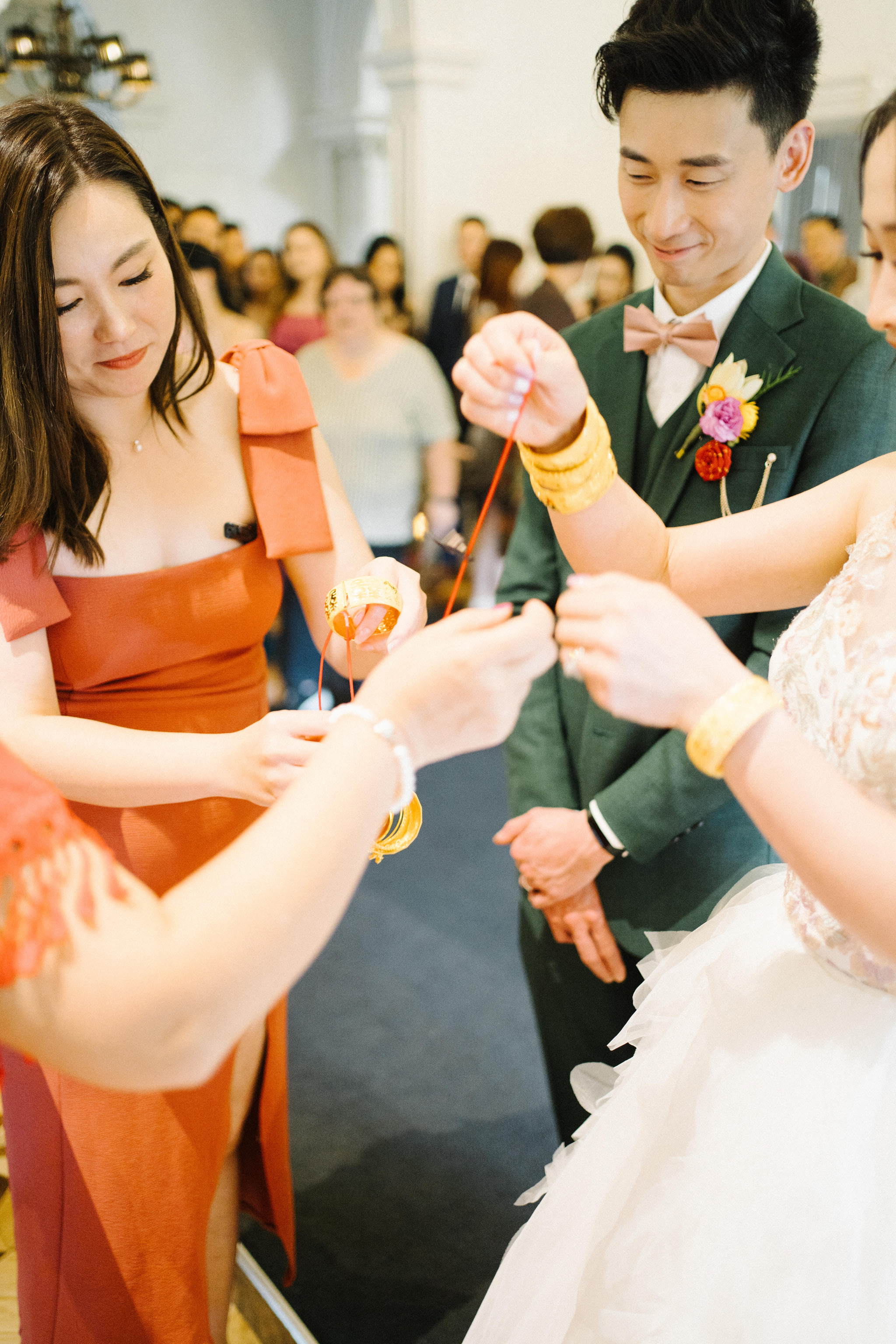
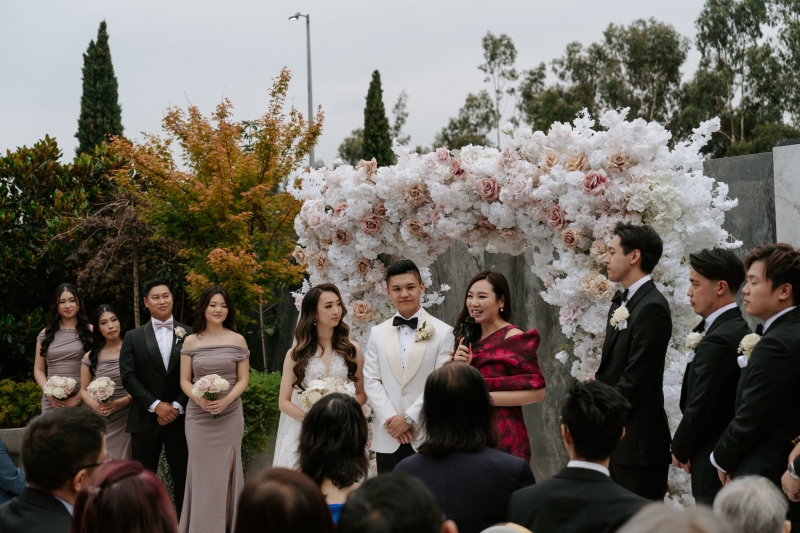
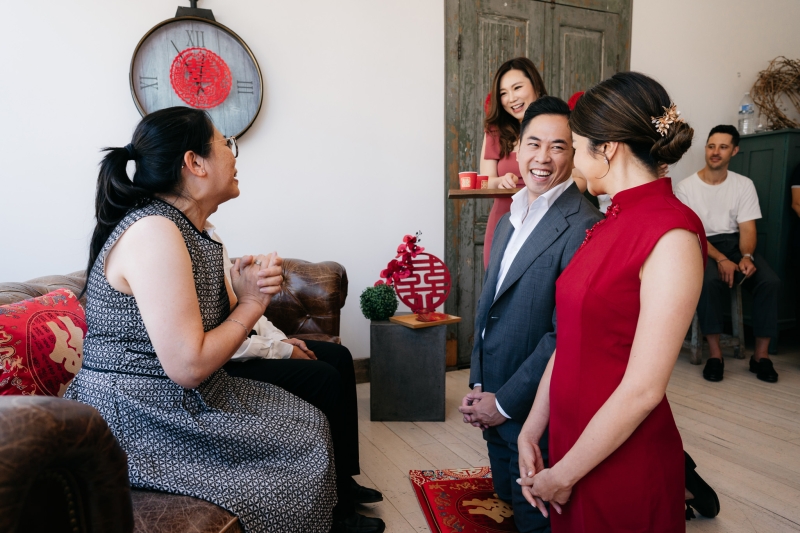
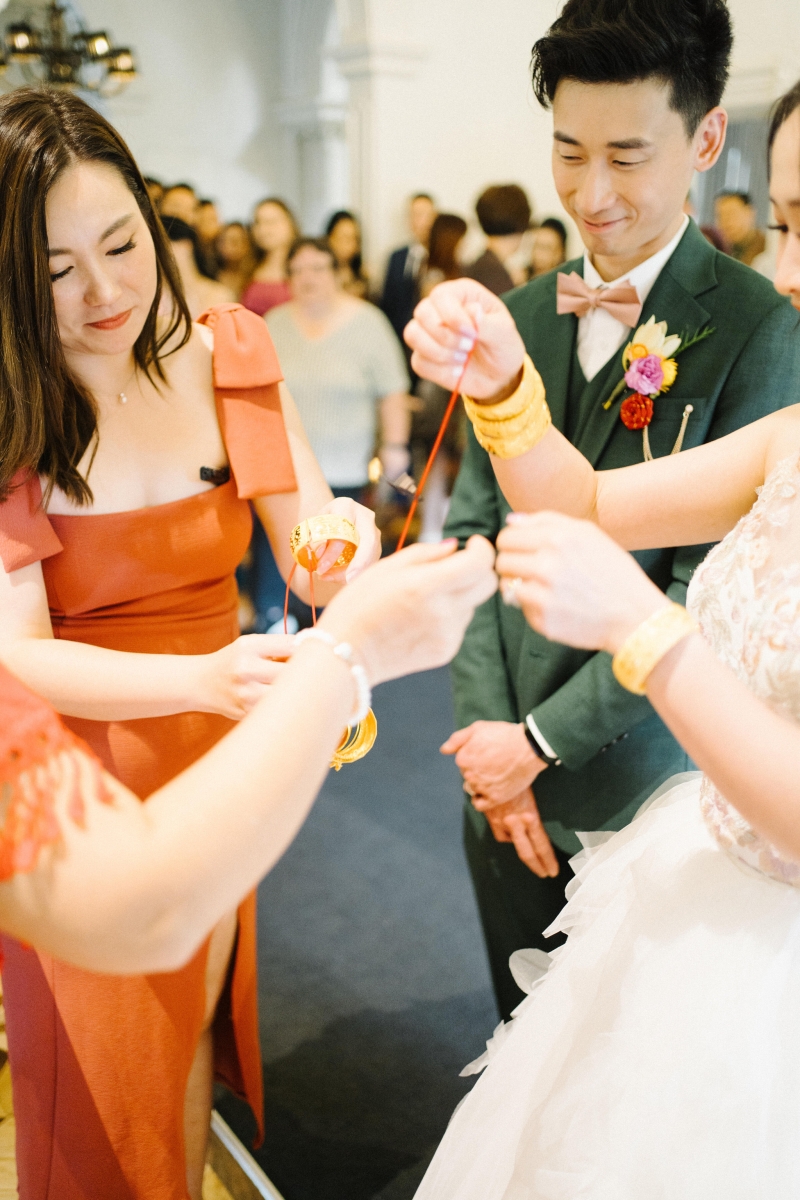
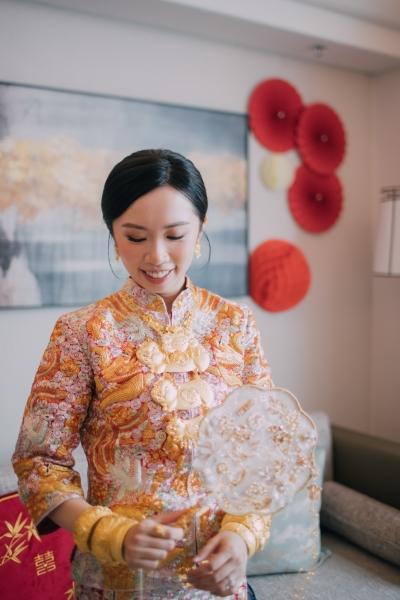
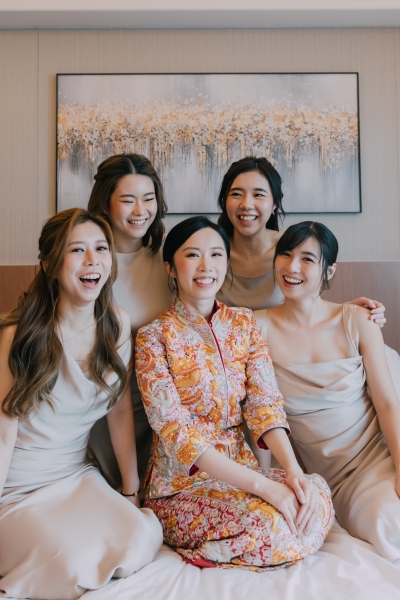
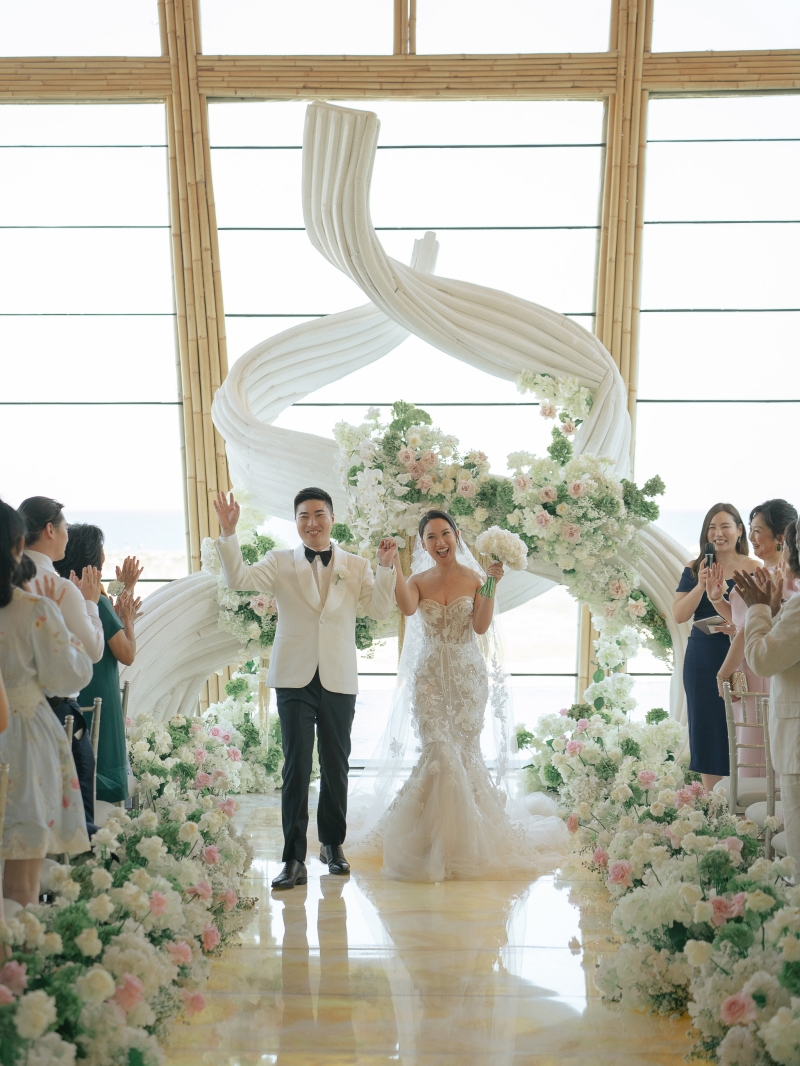
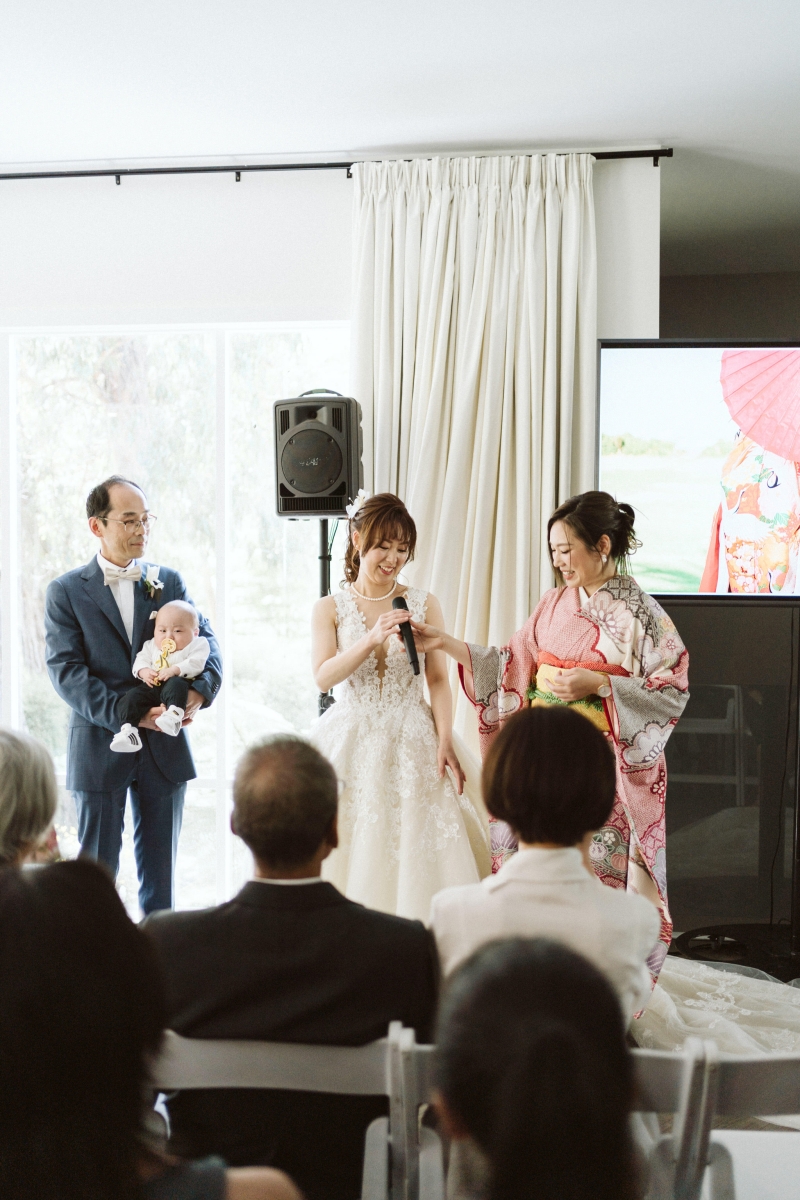
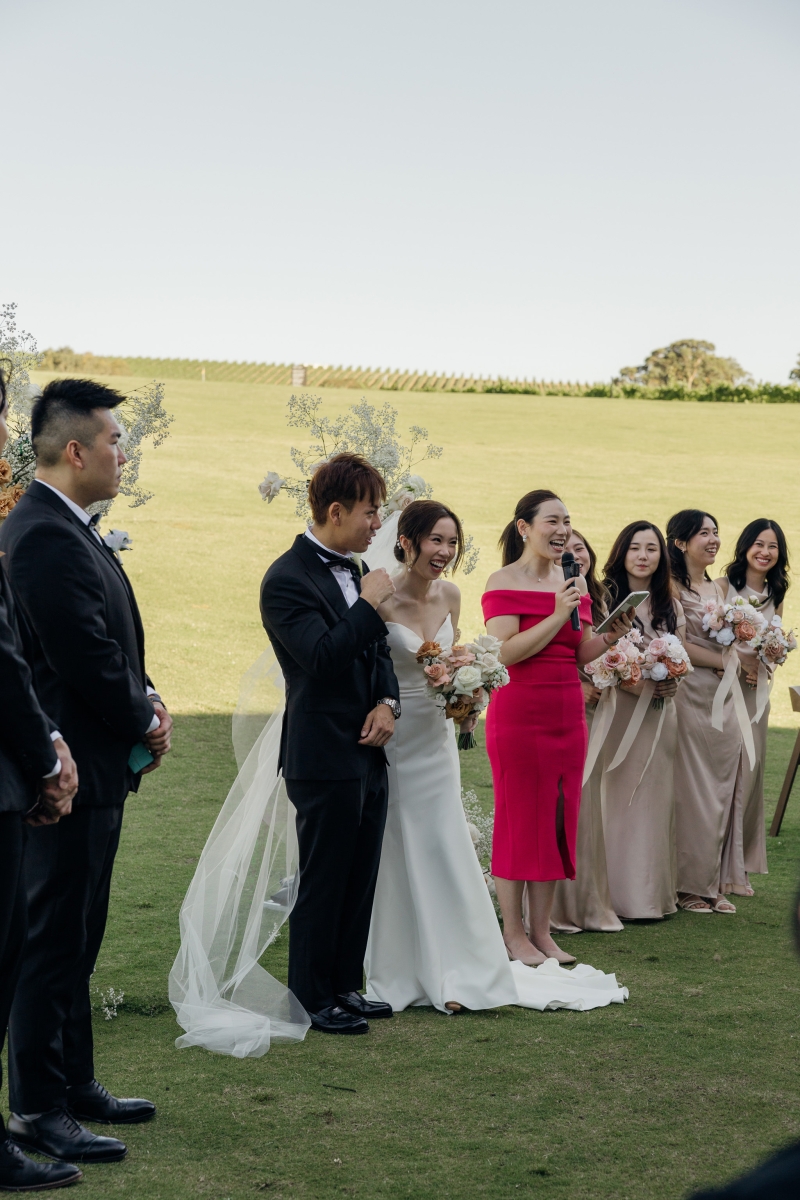
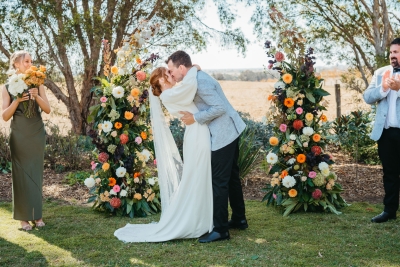
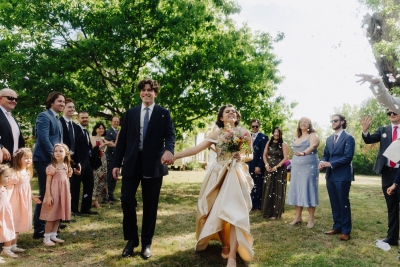
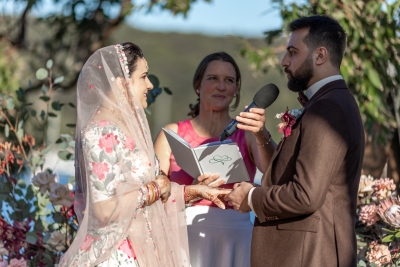

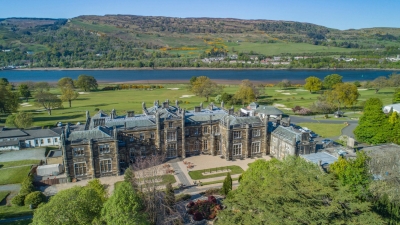



Join the conversation